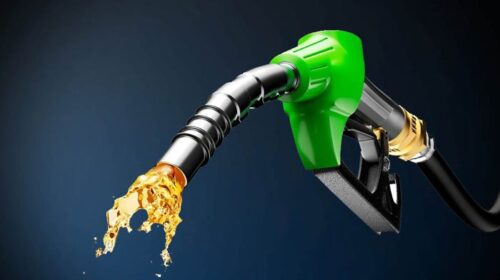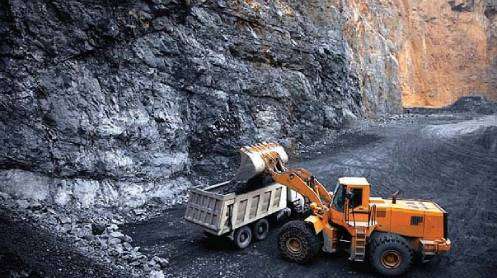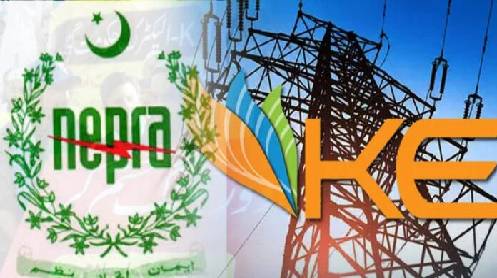As a major supply crunch of liquefied natural gas (LNG) looms amid Russia’s invasion of Ukraine, Pakistan is switching to expensive and dirty diesel fuel to generate electricity, Bloomberg has reported.
Pakistan’s diesel-fired power generation surged to the highest level in at least seven years in January, while LNG-based output dropped to the lowest in almost two years, according to government data compiled by Arif Habib Ltd. It is prudent to note that the two fuels each generated about 7% of the South Asian country’s electricity in January.
That’s bound to continue as Pakistan has failed to find replacement LNG cargoes after long-term supplies were forced to cancel deliveries.
“LNG supply looks tight at the moment and LNG prices were expected to remain elevated even before the invasion of Ukraine,” said Simon Nicholas, an analyst at the Institute for Energy Economics and Financial Analysis. “It’s likely Bangladesh and Pakistan will need to continue to use more diesel and oil in power generation.”
All of this comes when energy prices have already remained elevated due to imbalance between supply and demand as the world recovers from the pandemic. Given the current shortfall in supplies in global energy markets, the energy prices have been touching high following the invasion and severe sanctions on Russia in response.
Meanwhile, Pakistan’s fuel costs doubled in January, compared with the same period a year ago, data from Arif Habib show. According to January data by the National Electric Power Regulatory Authority, Diesel is the most expensive fuel for power generation in Pakistan, costing 14% more than fuel oil and 55% more than LNG-based generation.
Diesel use also comes as the nation’s refineries have been filled with fuel oil, meaning that there are other options for power, said Tahir Abbas, Arif Habib’s head of research.
Liquefied natural gas imports into India, Pakistan and Bangladesh are expected to hit a low point in February due to unaffordable spot LNG prices, according to BloombergNEF.
A total of 39 cargoes arrived in January, the lowest since February 2019. BloombergNEF estimates the share of spot volume in South Asia’s total LNG imports fell to just 18% of January supply, down from 25% in the previous month.
Pakistan’s growing gas shortage this winter forced consumers to turn to cylinders in Karachi and authorities offered a winter incentive package to make users switch from gas to electricity for heating rooms and water. The country’s domestic gas production has fallen by about a fifth over the past two years, making LNG supply even more crucial.
Diesel is used only when there are constraints and largely for system stability and restoration in instances of blackouts and outages, Pakistan’s energy ministry said in a response to questions. There is no requirement for diesel fuel for power generation until June, it added.







